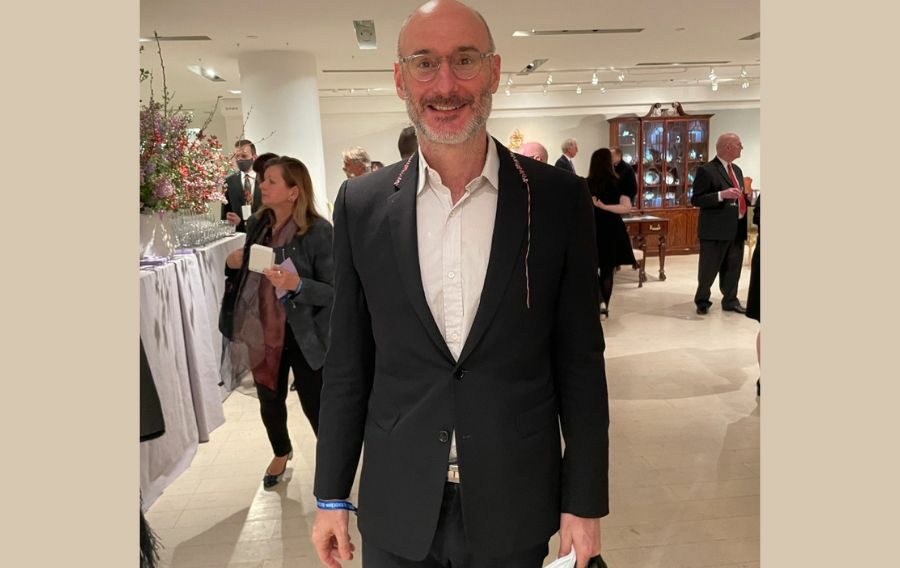Benjamin Genocchio, a former art critic for the New York Times, is currently Editor-In-Chief of Incollect Magazine online, a new content platform for this growing web marketplace for art and design. As part of this new role as the Editor-In-Chief of the newly launched Incollect magazine, he overseas a new quarterly print product. Benjamin Genocchio returned to arts journalism after several years out of the field as Executive Director of the Armory Show art fair, Vice President of Galerie Gmurzynska USA, and most recently, Director at Large for Shoshana Wayne Gallery, one of the oldest and most prestigious galleries in Los Angeles with a 35-year history. It first opened in 1986 in Santa Monica, California, showing important artists, including Yoko Ono, Nicole Eisenman, Michal Rovner, Beverly Semmes, Dinh Q. Lê, Elaine Reichek, Mounir Fatmi, and Kathy Butterly. Wen Li, a freelance journalist based in New York with an interest in arts and culture, interacted with Benjamin Genocchio in New York about his new role at Incollect.com and how he plans to bring his expertise in reinventing art journalism to the much broader fields of design and the world of interiors. Wen Li: What is the state of culture journalism today? Benjamin Genocchio: Generally very poor, partly because only a few outlets still publish cultural reporting and because of the bizarre ideological nature of all reporting today.
When I worked at the New York Times for eight years, we never had a political agenda. Still, now even that paper has a clear agenda in its own culture, reporting entirely skewed towards their own political and cultural biases. Furthermore, the Internet has become a forum for ideas though sadly, it is hard to know what is genuine and what isn’t valid there. You can manipulate it all. Wen Li: So what is the future? Benjamin Genocchio: Oddly enough, various marketplace sites that sell things have come to be supporters of quality journalism as they are about promoting value— they tend to be less interested in politics and more in the market for objects. That creates biases as to quality and price, and the tone tends to be positive, but it’s clear what the values are, and it helps inform purchasing decisions. So oddly, marketplace sites that do not sell journalism and are therefore not reliant on hits and clicks have more freedom to be a fan, not criticize. Wen Li: How do you balance quality journalism with dealers who showcase products on your site? Benjamin Genocchio: In a way, that is the real challenge. I took on the role of Editor in Chief of Incollect Magazine online and with a print edition to build content to support the dealers on the site selling inventory and educate clients. This is what I did at Artnet when six years ago I founded and launched Artnet news and also what I was doing as Editor In Chief of Artinfo.com , so I have done this sort of thing before and know it works— creating a good niche publishing site that owns the vertical, deep coverage and quality, it is what people in the trade want and need and because you only have an educated and dedicated audience they are your quality control as they know good from the bad. It won’t ever be a huge audience but big and influential enough to support the quality journalism they need for work. Wen Li: So the scale is not an issue for cultural journalism? Benjamin Genocchio: Yes, it is but not like investors think. Scale is relative to the industry community in art or design. Arts journalism is expensive to produce and doesn’t earn many advertising revenue or subscriptions, so you need to nest it inside a bigger journalism operation or a marketplace site to survive. Scalable businesses then support the content side. To know more about Benjamin Genocchio, please Visit – https://www.benjamingenocchio.net/


